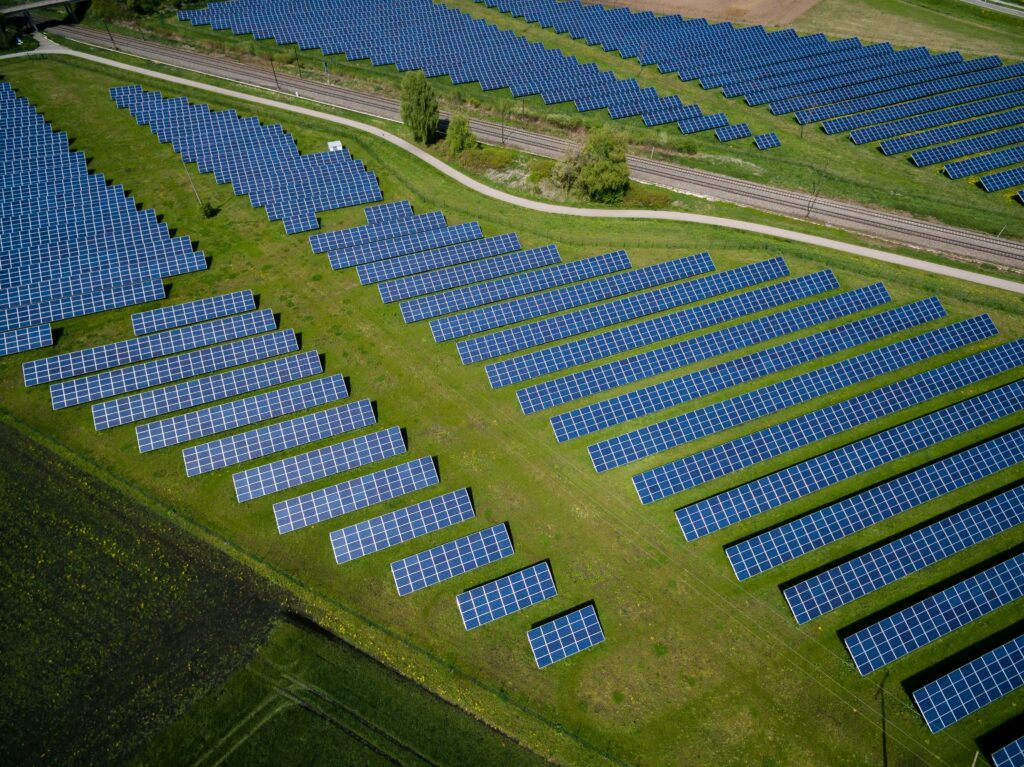
01.04.2024
Renewable Energy Certificates (RECs): A Comprehensive Guide
What are Renewable Energy Certificates (RECs)? Who issues certificates related to RECs? What steps does the certification emission follow? Are there similar systems to RECs outside of Spain? What does the REC system in Spain consist of? What relationship, if any, is there between RECs and the Commercialization of Carbon Rights? What role does the Spanish regulator National Commission on Markets and Competition (CNMC) play in RECs? Why does an organ that supervises and regulates the competition market manage the REC system? How does it manage it?
 Por
Furió Párraga, Ascensión
Por
Furió Párraga, Ascensión What are Renewable Energy Certificates (RECs)?
Renewable Energy Certificates (RECs) are instruments created to promote the use of renewable energies. They are electronic certificates that accredit that one megawatt hour (MWh) of electricity has been produced from renewable sources or high-efficiency cogeneration.
Who issues the certificates?
The issuance of REC certificates in Spain is the responsibility of the Technical System Manager (GTS), appointed by the Ministry for the Ecological Transition and the Demographic Challenge. The GTS is currently Enagás GTS, although the responsibility could pass to the Ministry in the future.
How are the certificates issued?
The issuance of RECs follows these steps:
- Registration of the installation: The renewable or cogeneration plant is registered in the REC System.
- Energy production: The installation produces renewable or high-efficiency electricity.
- Data communication: The installation communicates to the GTS the amount of energy produced and its origin.
- REC issuance: The GTS issues the electronic certificates corresponding to the renewable or high-efficiency energy produced.
- Cancellation or transfer: RECs can be cancelled (associated with the consumption of renewable energy) or transferred to other market agents.
Are there similar systems in other countries?
Yes, there are REC systems or similar instruments in many countries of the European Union and other parts of the world. European Directive 2001/77/EC establishes a common framework for the promotion of electricity from renewable sources, and REC systems are a key tool for its implementation.
Here are examples of similar systems in other countries:
- RECs (Renewable Energy Certificates): In the United States and Canada. • GOs (Green Certificates): In the United Kingdom. • I-RECs (International Renewable Energy Certificates): An international system that allows the trade of RECs between different countries.
What does the REC system in Spain consist of?
The REC system in Spain is based on the following principles:
- Physical separation: Electricity from renewable sources is injected into the electricity grid together with electricity from other sources. However, RECs allow consumers to identify and acquire the renewable energy they wish. One REC for each renewable MWh: Each MWh of renewable electricity produced is associated with a REC.
- Traceability: Each REC can be traced back to its origin, ensuring the transparency of the system. RECs are electronic and traceable, allowing their origin to be verified.
- Neutrality: The REC system does not discriminate between different renewable energy generation technologies. RECs cannot be used to meet renewable targets, but are an informative and commercial instrument.
Relationship between RECs and CERs (Carbon Rights)?
RECs and carbon emission rights (CERs) are two different instruments with distinct objectives. RECs certify the renewable origin of electricity, while CERs allow for the reduction of greenhouse gas emissions.

Si te ha interesado este artículo no dudes en leer:
Sustainability and Blockchain: A Legal Marriage with a Future
Role of the CNMC in RECs?
The National Commission on Markets and Competition (CNMC) plays a crucial role in the REC system:
- Supervises the market: The CNMC oversees the proper functioning of the REC market, ensuring transparency and competition.
- Resolves conflicts: The CNMC acts as an arbitrator in case of disputes between market agents.
- Regulates the system: The CNMC approves the rules and procedures governing the REC system.
Why does the CNMC manage the REC system?
The CNMC manages the REC system because it is closely related to the electricity market. The traceability and neutrality of RECs are essential to ensure a competitive and transparent market.
How does the CNMC manage the REC system?
The CNMC manages the REC system through various activities:
- Publishes information: The CNMC publishes information about the REC market, including prices, volumes, and participating agents.
- Investigates breaches: The CNMC investigates possible breaches of the REC system rules.
- Sanctions infractions: The CNMC can sanction agents that breach the REC system rules.
If you need more information or assistance on this topic, at ILP Abogados we can meet your needs. Law is not a commodity. Choose the best, not the cheapest.
If you liked this article, you may also find it interesting to read the following one:
How to calculate the carbon footprint of your company? An approach to ISO 14064












